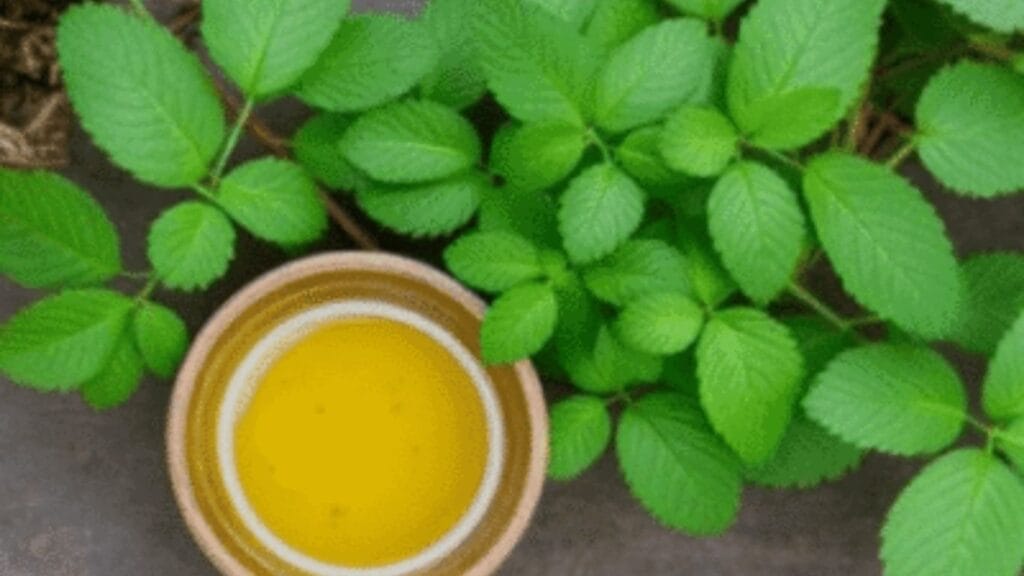Jeevamrit: An Organic, Natural Fertilizer
The way the world population is increasing today, according to the United Nations, in the next 25 years, it will have crossed 10 billion. Providing food to the increasing population will be a complex task. In the past several years, we have increased the agricultural production capacity by doing chemical farming, but due to this, we have destroyed our environment and land productivity.
Now we will have to know about long-term solutions so that we will be able to provide sufficient food to our coming generation. We have to opt for an eco-friendly and sustainable agriculture solution to overcome this problem, which can improve our soil health and boost plant growth without using synthetic chemicals, without affecting the surrounding environment.
To solve the problems mentioned above, Jeevamrit, developed by Shri Subhash Palekar, is an excellent solution that we can make on our farm at a very low cost.
What is Jeevamrit?
Jeevamrit is an organic, natural fertilizer that helps in the growth of plants. It contains many types of microorganisms, which make the microelements present in the soil available to the plants.
Ingredients required for making Jeevamrit:
| Ingredient | Importance | Quantity |
| Cow dung | The base of Jeevaamrit, rich in micro-organisms, decomposes the organic material and releases micronutrients in the soil | 10 kg |
| Cow urine | Sources of nitrogen and growth-promoting hormones help in controlling soil-borne pathogens | 5-10 Lit |
| Water | Act as a dissolving medium for the ingredients | 200 liters |
| Jaggery | Source of Carbon, and also provides energy for beneficial microbial multiplication | I kg |
| Gram flour/pulses flour | It is a protein-rich source that helps in microbial nourishment | 1 kg |
| Soil | It provides the native microbes | 50 gms |
Method of Making Jeevamrit:
- To make Jeevamrit, a 225-liter plastic drum is required.
- Take 200 liters of water and then add 5 to 10 liters of cow urine to it.
- After that, add 10 kg of cow dung, 1 kg of jaggery, 1 kg of gram flour, and 50 grams (a handful) of soil to the mixture and mix the mixture well with the help of a wooden stick. Keep this solution in the shade for 2 to 3 days to rot (ferment).
- This solution has to be stirred twice a day in the morning and evening, in the clockwise direction with a wooden stick for 2 minutes.
- After stirring, cover the Jeevamrit with a jute sack or cotton cloth. Protect it from rainwater and sunlight. Jeevamrit is ready within 3 to 4 days. It is beneficial if used for a week.
Precautions while making Jeevamrit:
- It is better to use fresh dung of a local cow. The dung is effective for 7 days. If you have a bull, you can add half of the dung of the bull. But keep in mind that you should not use the dung of the bull alone.
- The older the cow urine, the better it is (urine of buffalo, Jersey, and Holstein is prohibited).
- The soil of the field boundary or the soil under the tree where no chemical fertilizers, pesticides, and weedicides have been used should be chosen because various types of useful bacteria are present in it.
Method of using Jeevamrit:
- Jeevamrit is used with irrigation water and sprayed directly on the land surface between two plants and on standing crops.
- Jeevamrit can be used with irrigation water at a rate of 200 liters per acre once or twice a month, depending on availability.
- In gardens, there is shade near fruit trees at noon. Near that shade, 2 to 5 liters of Jeevamrit per tree can be poured in circular trays once or twice a month.
- While using Jeevamrit, keep in mind that the soil should be moist.
- The first spray of Jeevamrit on standing crops should be done 21 days after sowing seeds by mixing 100% water and 5 liters of Jeevamrit per acre.
- The second spray should be done 21 days after the first spray by mixing 200% water and 20 liters of Jeevamrit per acre.
- For the third spraying, mix 20 liters of Jeevamrit in 200 liters of water per acre and spray 21 days after the second spraying.
Benefits of Jeevamrit:
- Jeevamrit is an effective bio-regulator for the decomposition of organic residues available in the field. Apart from providing the main and micronutrients to the plants.
- It is also helpful in preventing pests and diseases because Jeevamrit increases pest and disease resistance in crops, and agricultural produce is produced in high quality.
- Jeevamrit is a storehouse of beneficial microbes. Beneficial microbes like Azospirillum, Pseudomonas, Trichoderma, PSB, yeast, and mold are found in it.
- When Jeevamrit is poured in the field along with irrigation, there is an incredible increase in the number of bacteria in the soil. Because of this reason, the physical, chemical, and biological properties of the soil increase.
- With the use of Jeevamrit, the soil remains healthy, and the crop is also equally good. This also increases the number of earthworms, which are called friends of farmers.
Read Further:
How to Make Beejamrit: A Natural Remedy for Sustainable Farming
Organic Crop Production Certification Process in India
